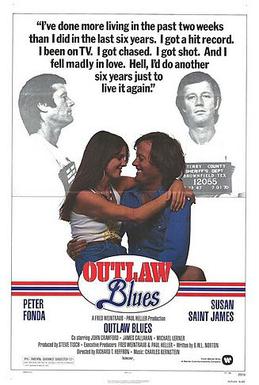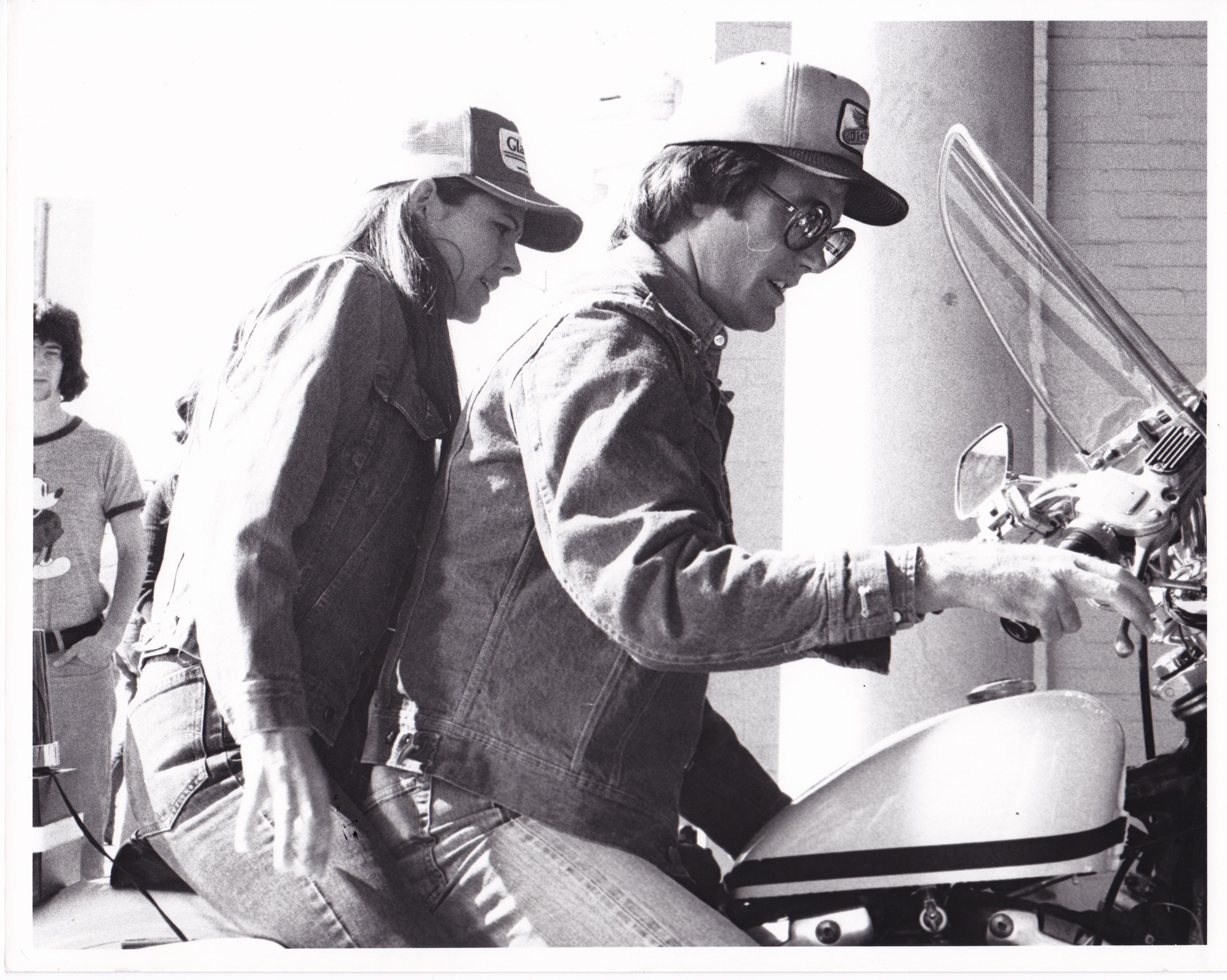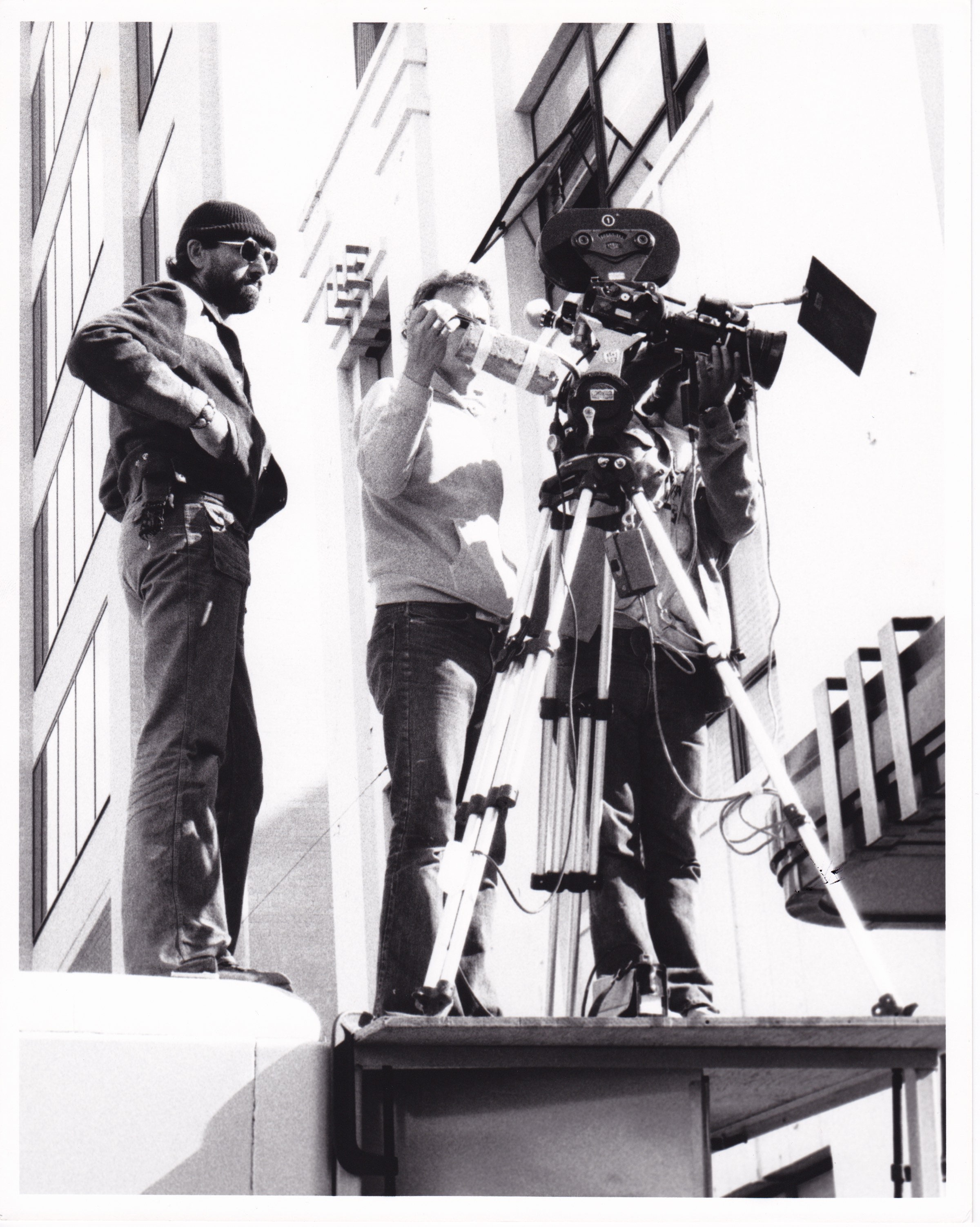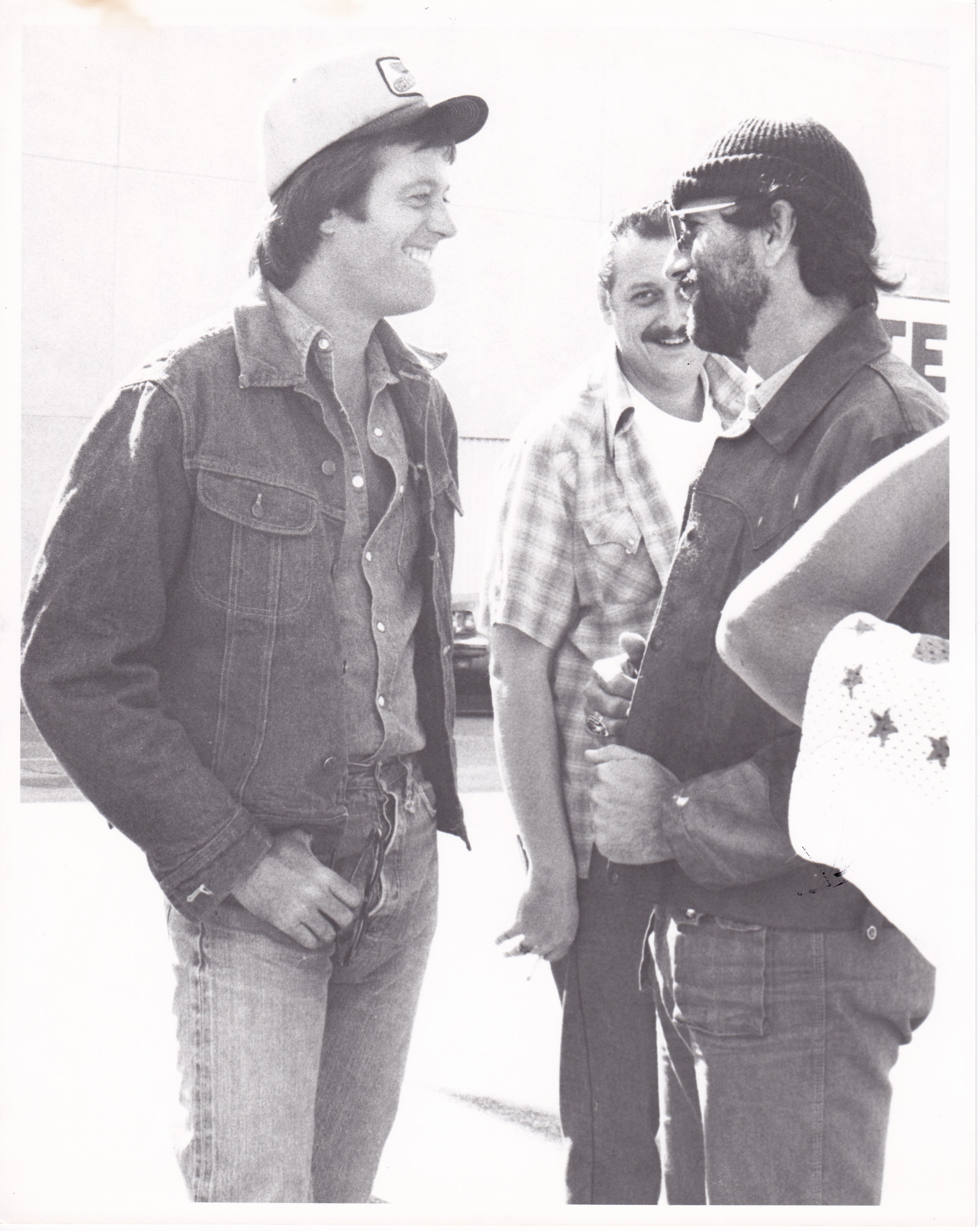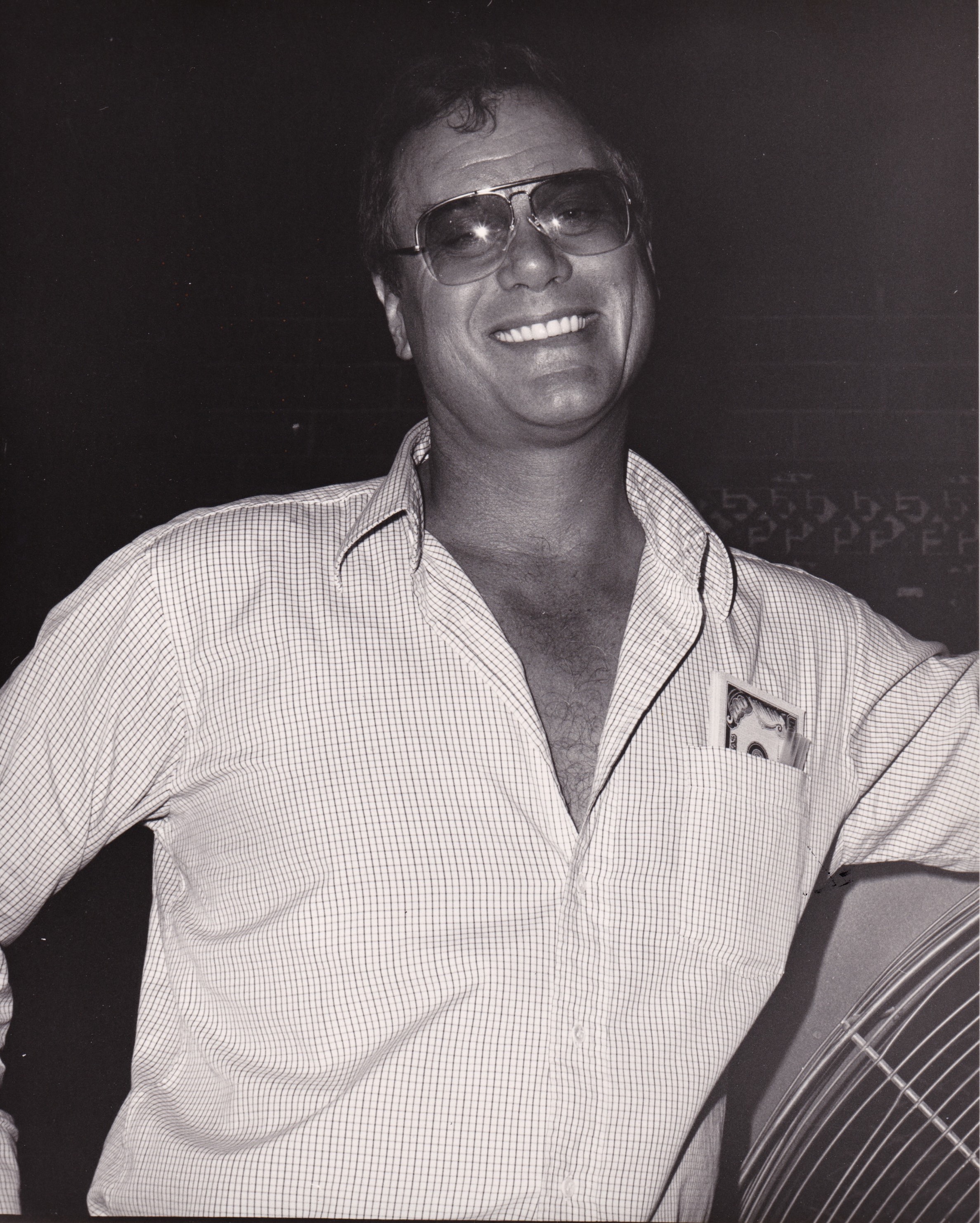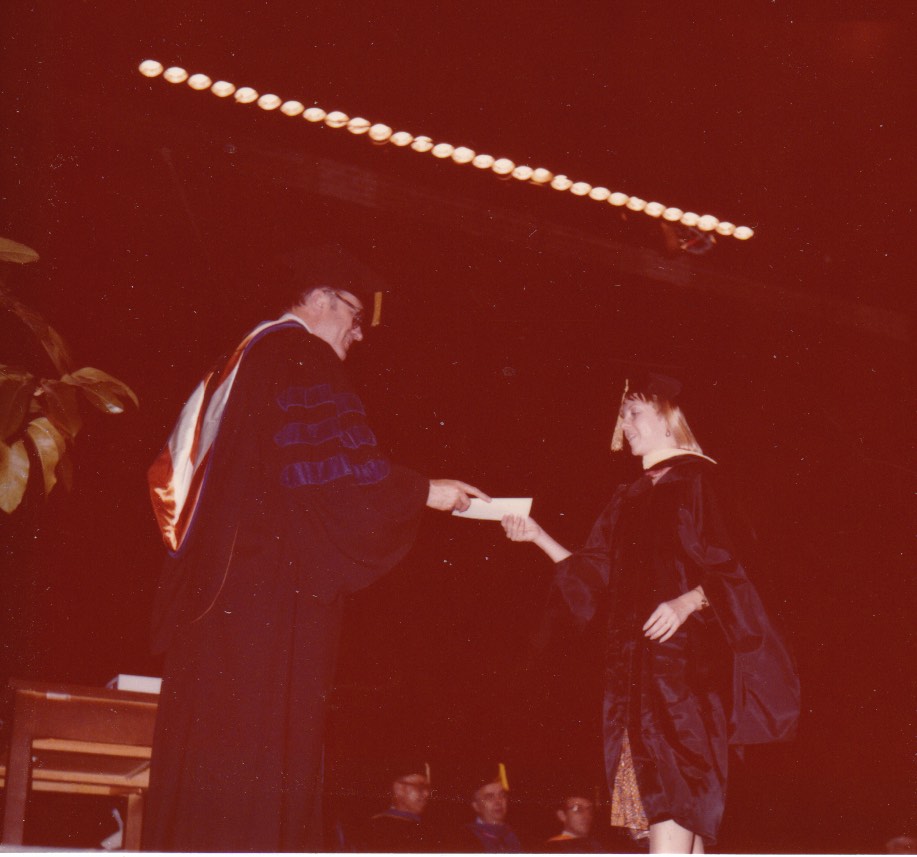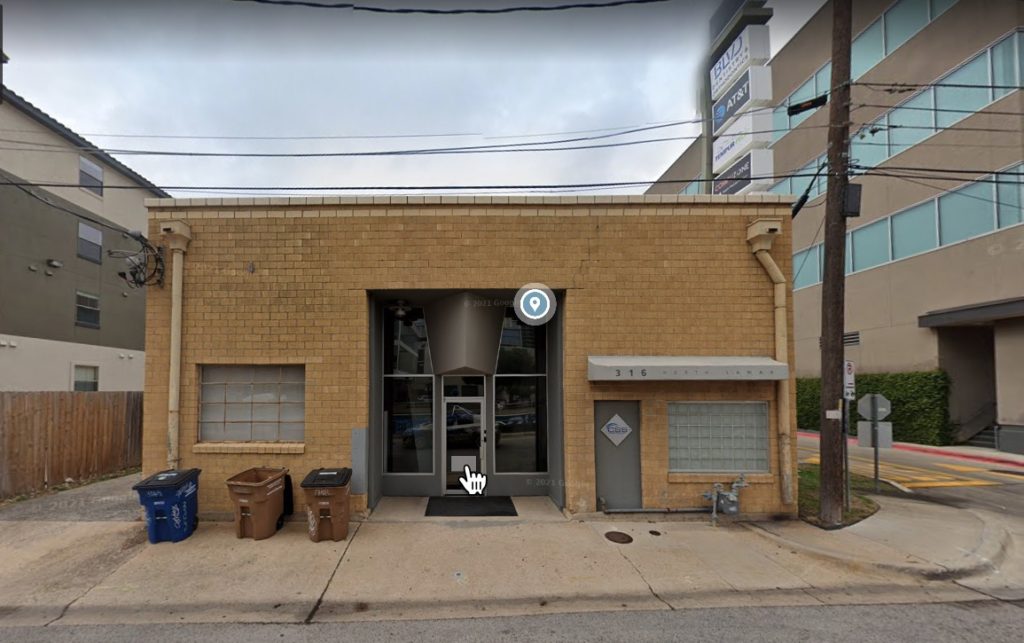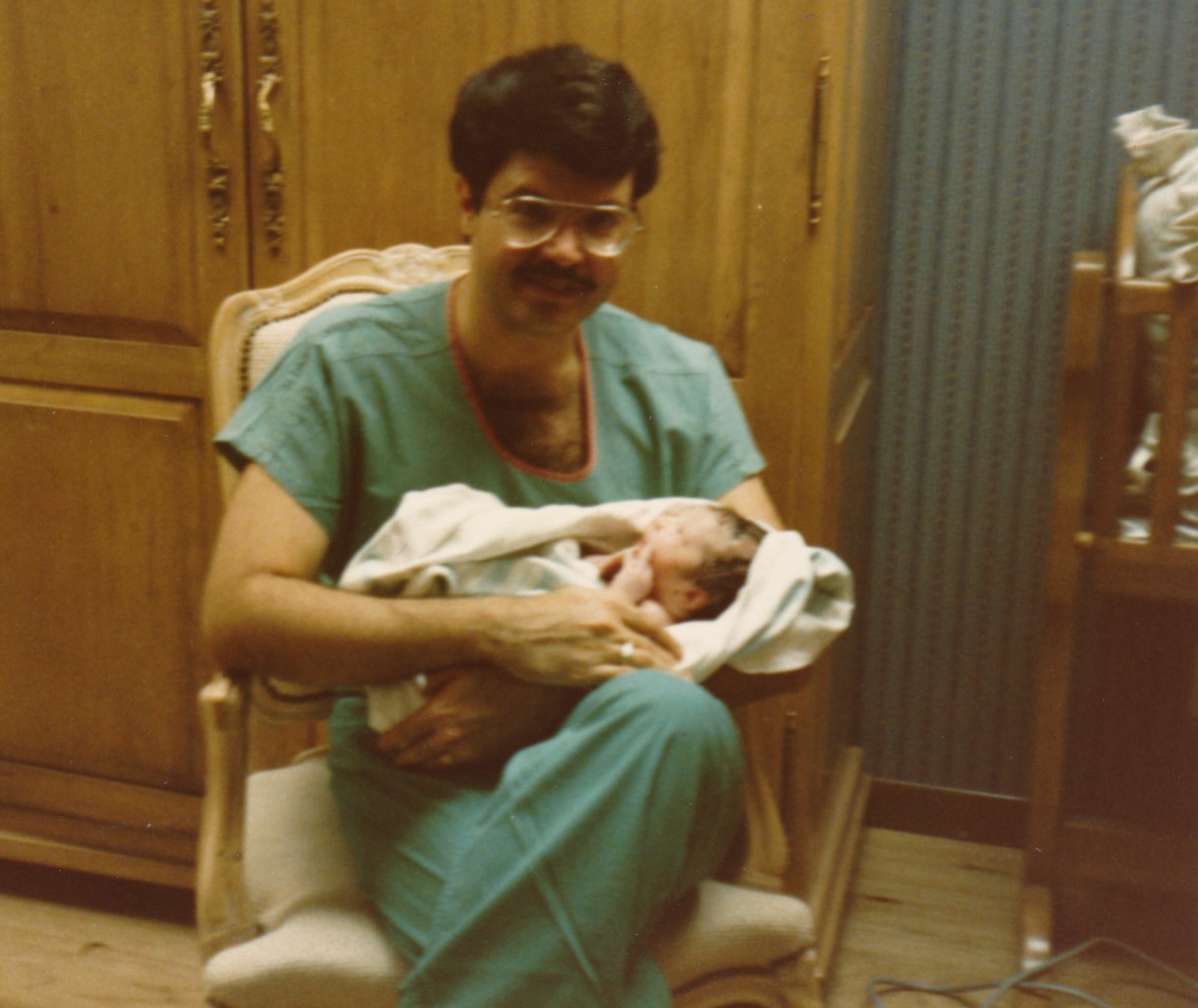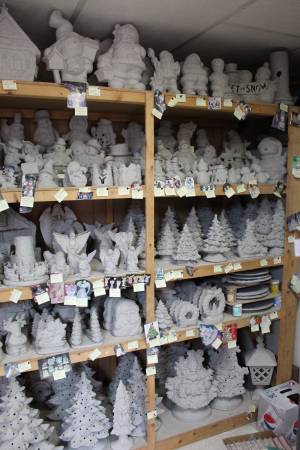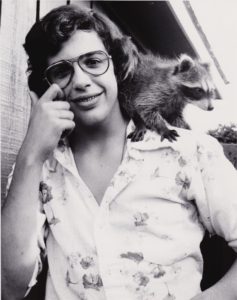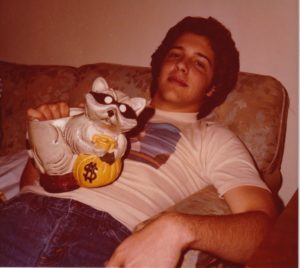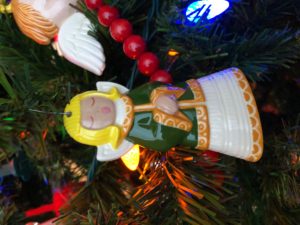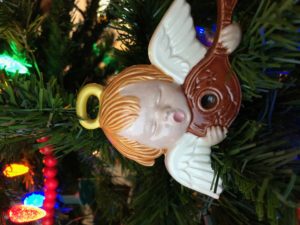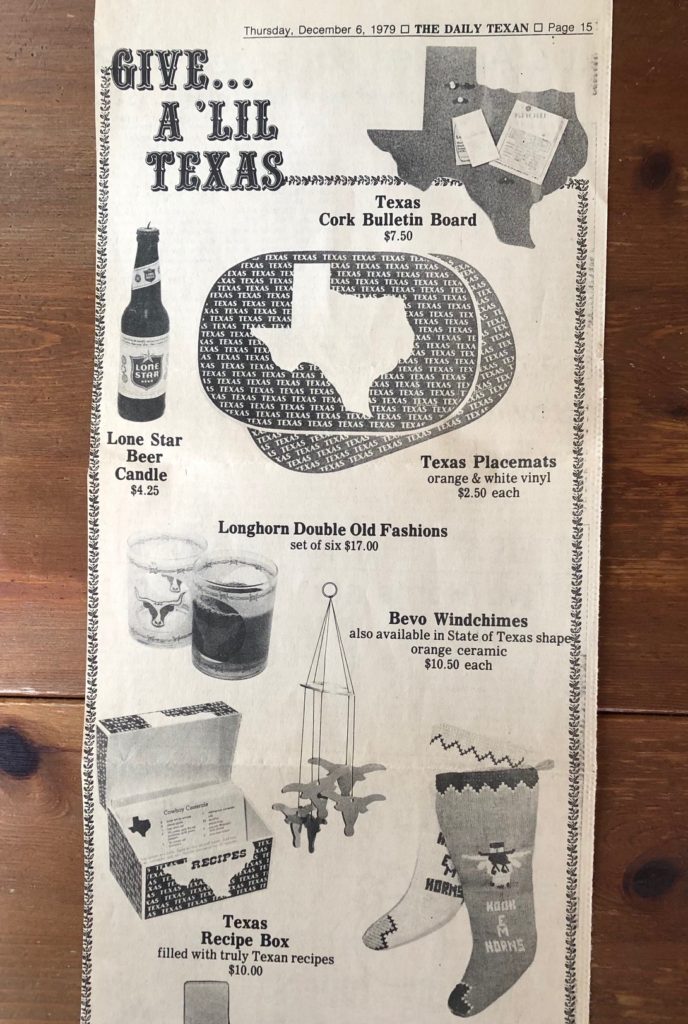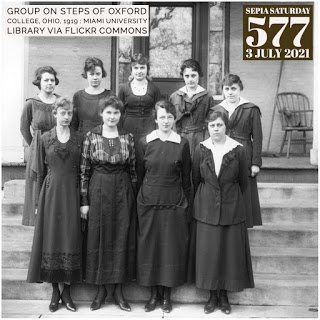My attempt to share stories for each letter of the alphabet featuring our life in Austin B.C. (Before Children) 1975-1985. The 70s were a long time ago. 26 stories might be a stretch for my brain, but I have made it to P – as has the Sepia Saturday prompt photo for this week. (Okay, okay – I skipped O!)
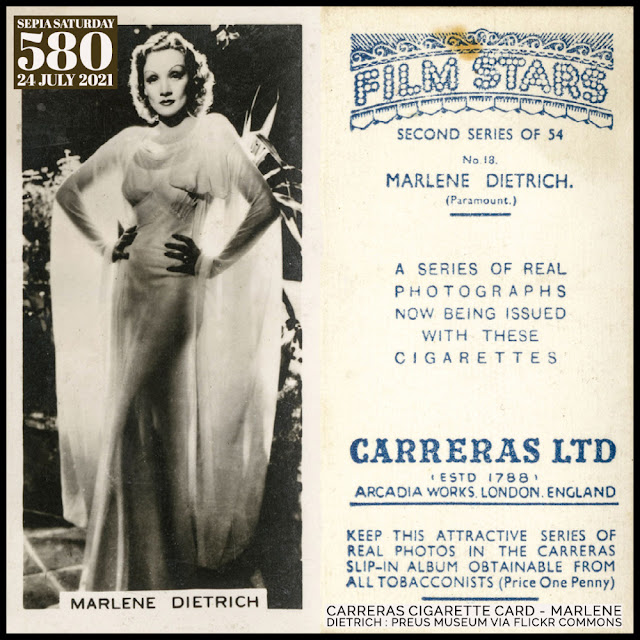
The first time I participated in Sepia Saturday was June 30, 2012 with a post I titled Making Movies. I featured photographs that my husband and his friend took while watching the filming of The Sugarland Express. In that post, you can view photos of Goldie Hawn, Ben Johnson, and Steven Spielberg. My husband’s friend wanted to direct movies. He didn’t fulfill his youthful dream of directing feature films, but he worked in the industry for many years. My husband enjoyed both photography and watching movies, and the influence of his good friend led him to occasionally combine the two interests when something was being filmed nearby.
Murder at the World Series, released March 20, 1977

My husband took the photo below at the Houston Astrodome. Clearly a photo of the crew rather than the stars. His friend is the blonde haired young man in the middle. Looks like he is talking to someone. On the IMBd website, our friend is listed as Production Assistant (uncredited).
I found two more photos of our friend online related to this movie, but I can’t download them. He is on the far right, scratching his head here. And he is in the picture header of a blog post here (second from left). Not a movie star, but it was fun to see him in photos at work as part of the crew and filling the stands with extras.
The ABC movie wasn’t exactly fine art, but it was a job in the business for our twenty-something friend.
The Bad News Bears in Breaking Training, released July 8, 1977
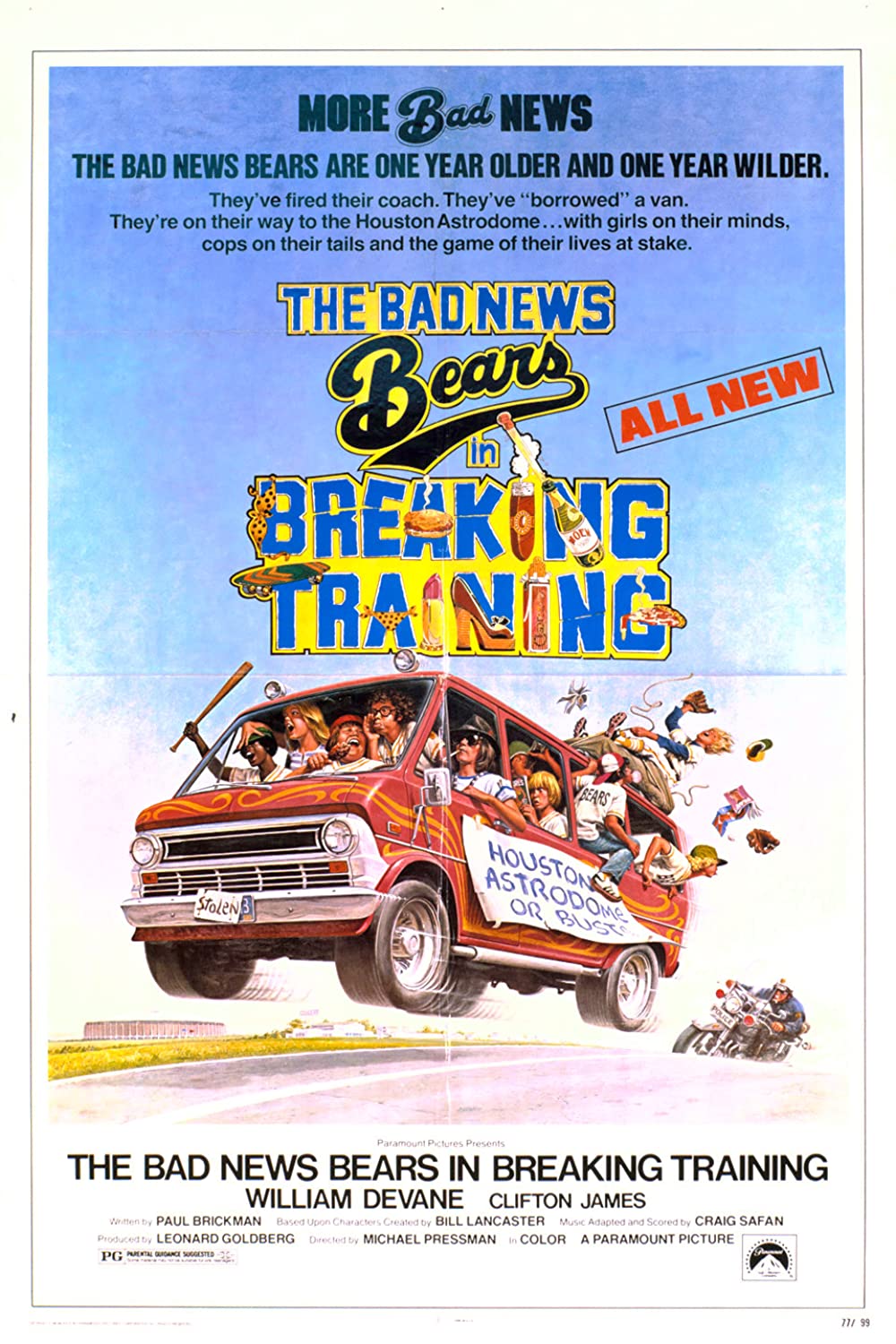
Once again, our friend is listed as Production Assistant (uncredited), but this time he worked on a movie movie. My husband and his friend grew up in Houston, so we must have combined a family visit with a visit to the movie set. Some of the movie was filmed at the Astrodome, but the day my husband took this photo, the location was in a park in Houston.
The movie star in the photo above is William Devane. I can’t tell who the child stars are.
Several Houston Astros – including Bob Watson, Cesar Cedeno, Enos Cabell, J.R. Richard and Ken Forsch – made cameos near the end of the movie, but Watson was the only one given a line to speak. According to an article in the Houston Chronicle, Watson said he learned one thing about making movies. “What I really remember about that is, I didn’t want to be a movie star, because, even if you get the lines right and the scene is right, you have to do it 15 times. There was a lot of standing around.”
I learned that lesson too. Maybe that is why I didn’t tag along for some of my husband’s photo sessions.
Our friend didn’t have a connection to this movie. Quite a bit of the movie was filmed in Austin, so my husband went to watch and take some photos on a day when he was free. The movie starred Peter Fonda and Susan Saint James.
When Susan Saint James was doing talk shows to promote the film, she said something to the effect that Austin was a sleepy little college town, which some found disparaging.
I searched the names of the cinematographer, director, and assistant director hoping to identify the men (other than Peter Fonda) in the photos above. I didn’t have any luck making a match to faces half hidden. To make it more difficult, it seems the people behind the scenes don’t show up in many online images.
Peter Fonda made his singing debut in Outlaw Blues. I believe that the singer Steve Fromholz is in the scene just before Peter Fonda begins to sing. The actor singing. The singer acting.
A few more scenes of Austin are in this 30 second trailer.
Our friend also worked on the television series Dallas. IBMd shows that he worked as Production Assistant for three episodes in 1978 and as 2nd Assistant Director for 23 episodes in 1980-1981. My husband and I drove up to Dallas to see our friend at work. I can place the year, because the heat is seared in my memory.
In Dallas/Fort Worth, high temperatures exceeded 100 °F a total of 69 times, including a record 42 consecutive days from June 23 to August 3, of which 28 days were above 105, and five days above 110. The temperature hit 113 °F on two consecutive days (June 26 and 27). I thought about buying one of these t-shirts, but I didn’t want to go looking for one. It was too hot.

The day we were there, they were shooting in the club of a hotel. We don’t remember which one. It was kind of dark and crowded, so we couldn’t see much of the action. We did however, get the opportunity for my husband to get this photo during a break.
Looks like Larry is resting against a fan, doesn’t it? In his shirt pocket are some bills he had printed up in lieu of autographs. I remember seeing one up close, so I assume he pulled one out to give us, but we don’t remember actually having one.
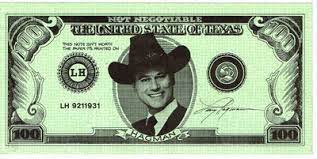

One thing our friend gave us that he probably shouldn’t have was a copy of a script. We used to know its location, but now we are both wondering where we put it. I remember it has a light blue cover, so I’ll be on the look out.
That’s a wrap! But don’t go before visiting Sepia Saturday, where you can view more cinematic responses to the prompt photo.
Sepia Saturday provides bloggers with an opportunity to share their history through the medium of photographs. Historical photographs of any age or kind become the launchpad for explorations of family history, local history and social history in fact or fiction, poetry or prose, words or further images. If you want to play along, sign up to the link, try to visit as many of the other participants as possible, and have fun.



